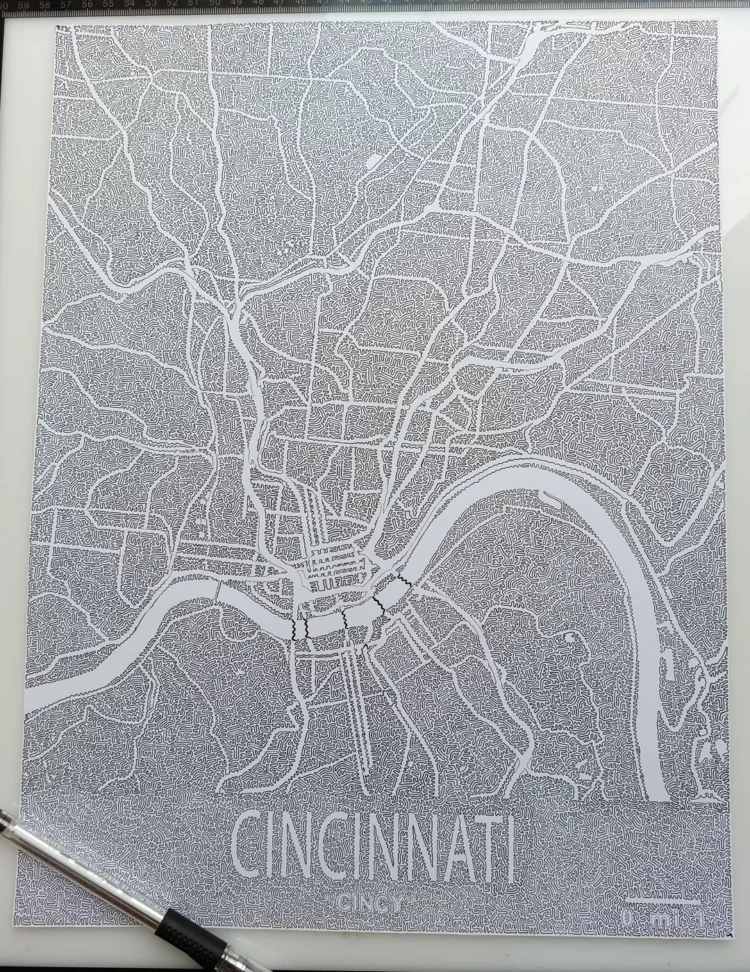For the New York Times, Ben Casselman highlights the potential repercussions for shunning agency data with examples from other countries who chose darkness.
Perhaps most famously, there is the case of Argentina, which in the 2000s and 2010s systematically understated inflation figures to such a degree that the international community eventually stopped relying on the government’s data. That loss of faith drove up the country’s borrowing costs, worsening a debt crisis that ultimately led to it defaulting on its international obligations.
Ignore and complain all you want, but reality eventually settles in. The person experiences unemployment, we pay the expensive grocery bills, and we see what’s happening in our neighborhoods. Data helps us keep track before the problems grow overly difficult.















 Visualize This: The FlowingData Guide to Design, Visualization, and Statistics (2nd Edition)
Visualize This: The FlowingData Guide to Design, Visualization, and Statistics (2nd Edition)










